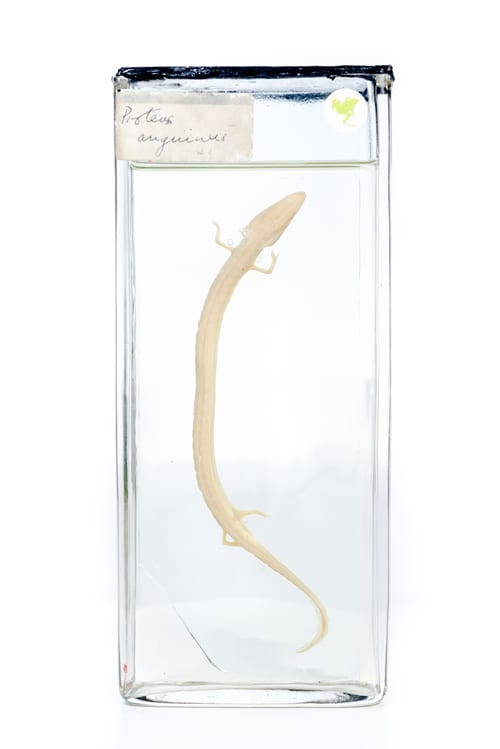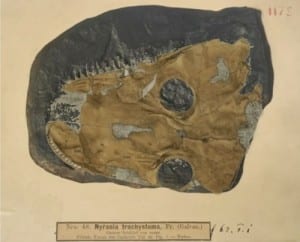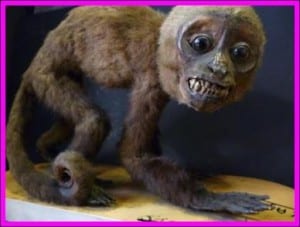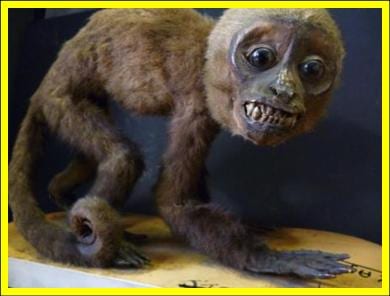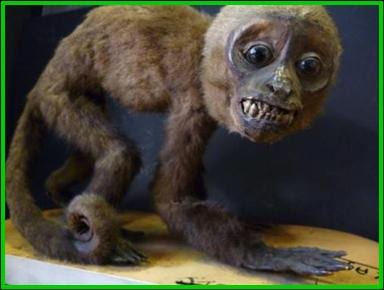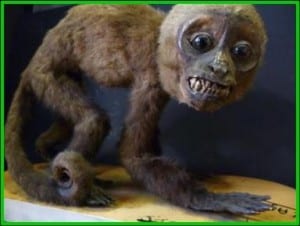 It’s the third birthday of the Specimen of the Week blogs, so this one is a special one, tackling one of the biggest events in global history (no exaggeration). It’s also the start of winter term at UCL, and that means that Grant Museum returns to doing the very thing our collections were first put together for – spending the day teaching students about life.
It’s the third birthday of the Specimen of the Week blogs, so this one is a special one, tackling one of the biggest events in global history (no exaggeration). It’s also the start of winter term at UCL, and that means that Grant Museum returns to doing the very thing our collections were first put together for – spending the day teaching students about life.
This term every week we have a palaeobiology class where the students learn about vertebrate life from the beginning – looking at each group in turn as they evolve in the fossil record. That has inspired my choice of specimen this week.
As an Australian mammal nerd, it’s often tempting to think that nothing interesting happened between the appearance of multi-cellular life a little over 500 million years ago, and 200 million years ago when the first platypus-ish things appeared*. However, sometimes it’s important to think about where it all began: the fishy animals without which there would be no you, no me, no internet cats, and no platypuses.
This week’s specimen of the week is… (more…)
Filed under Grant Museum of Zoology
Tags: adverts, Amphibian, Amphibians, early tetrapod, Eusthenopteron, Fish, fossil, Guinness, Ichthyostega, Jack Ashby, Life on Land, Model, models, Platypus, Specimen of the week, vertebrate evolution
2 Comments »
 Close
Close




